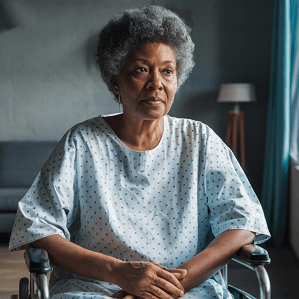A new study reveals significant racial disparities in treatment and survival rates among older patients with multiple myeloma (MM), despite advancements in therapeutic agents. The research, published in Cancer Medicine, found that African American patients aged 66 and older were less likely to receive treatment in the first year after diagnosis compared to their White counterparts.
The study analyzed Medicare records of patients diagnosed with MM between 2007 and 2017. Results showed that 59.5% of African American patients received treatment within the first year, compared to 64.8% of White patients. This racial gap in treatment rates widened over time, increasing from 2.9% in 2007-2009 to 6.9% in 2014-2017.
Researchers, including Rong Wang, Ph.D., from Yale School of Medicine, noted that African American patients who did not receive treatment had lower mortality rates than untreated White patients. However, both groups had similar survival rates when treated.
The study authors suggested that the inequality may be exacerbated by the high cost of newer therapies, stating, “As novel agents are effective but expensive, such inequity may escalate if financial burden is the primary barrier for African American patients with MM to access care.”
While the Affordable Care Act has not fully resolved these disparities, researchers emphasize the need for further investigation into recent policy changes that could help reduce racial inequalities in MM treatment and outcomes.
See “New Study Shows Racial Disparities in Treatment and Survival Among Seniors with Multiple Myeloma” (February 7, 2024)



